In the ever-evolving world of technology, displays have played a pivotal role in shaping the way we interact with digital content and devices. From the cathode-ray tube (CRT) displays of the past to the high-resolution, touch-sensitive screens we have today, the journey of display technology has been nothing short of remarkable. One of the most exciting developments in this space is the advent of foldable displays, which promise to revolutionize the way we use smartphones, tablets, and even other devices. In this blog, we will explore the future of displays, with a primary focus on foldable phones and tablets, while also peering into the possibilities beyond.
The Evolution of Displays
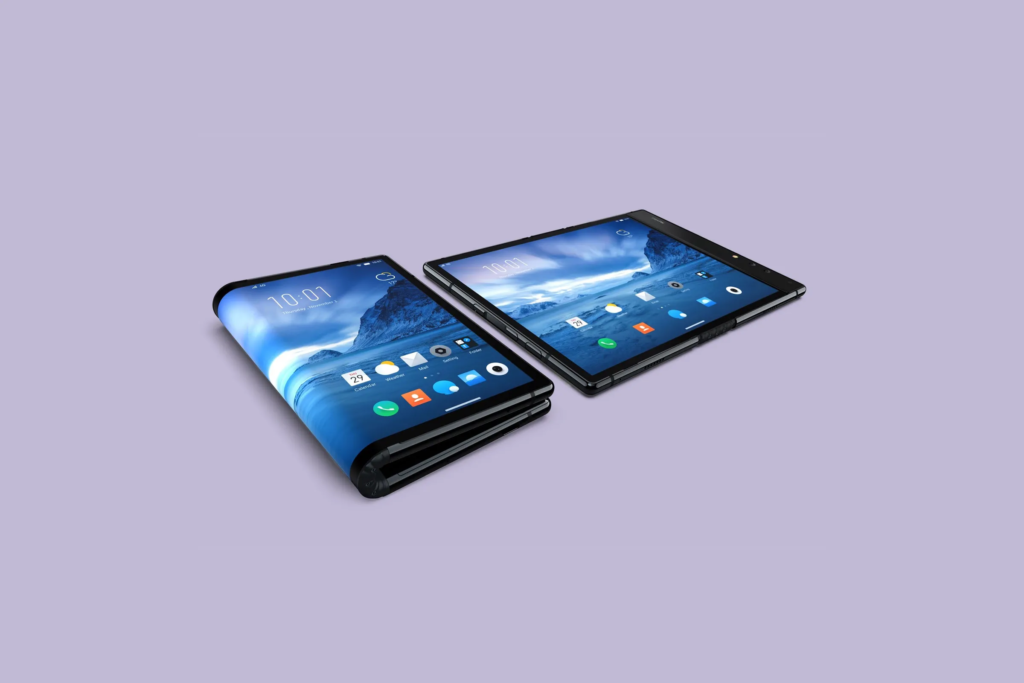
Before we delve into the world of foldable displays, let’s take a brief look at the evolution of display technology. The earliest computer monitors used CRT displays, which were bulky and consumed a significant amount of space. Then came the era of LCD (Liquid Crystal Display) screens, which offered thinner profiles and better energy efficiency. These displays paved the way for the modern screens we use in our daily lives.
The Rise of OLED Displays
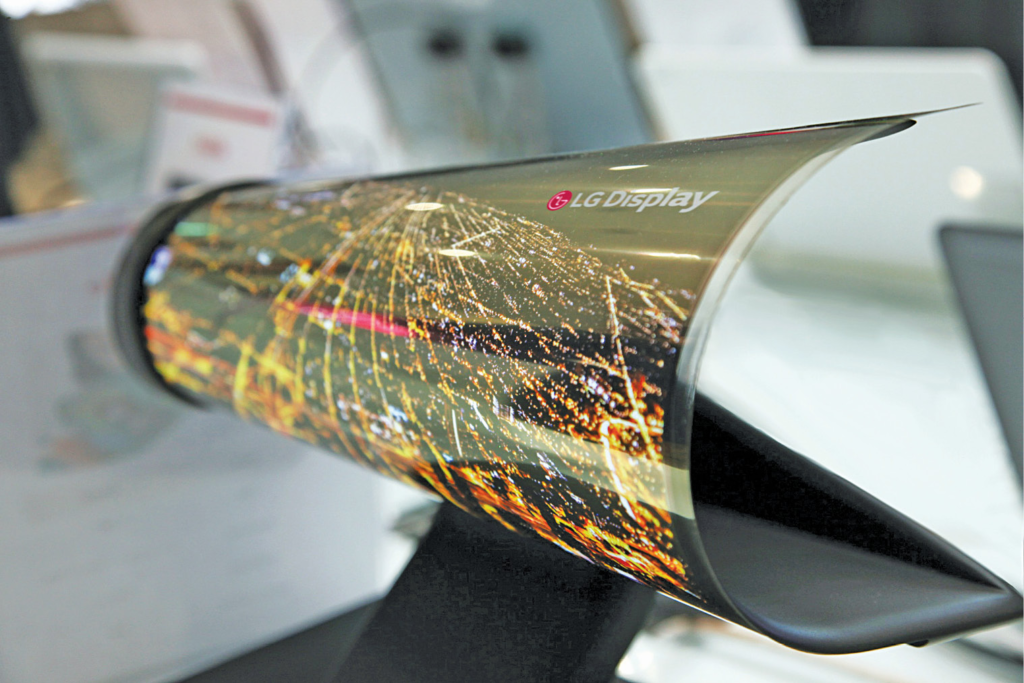
One of the most significant developments in display technology was the emergence of OLED (Organic Light Emitting Diode) displays. Unlike LCD screens, OLED displays do not require a backlight. Instead, each pixel emits its own light, allowing for deeper blacks and more vibrant colors. This technology has been widely adopted in smartphones and high-end TVs.
The Advent of Foldable Displays
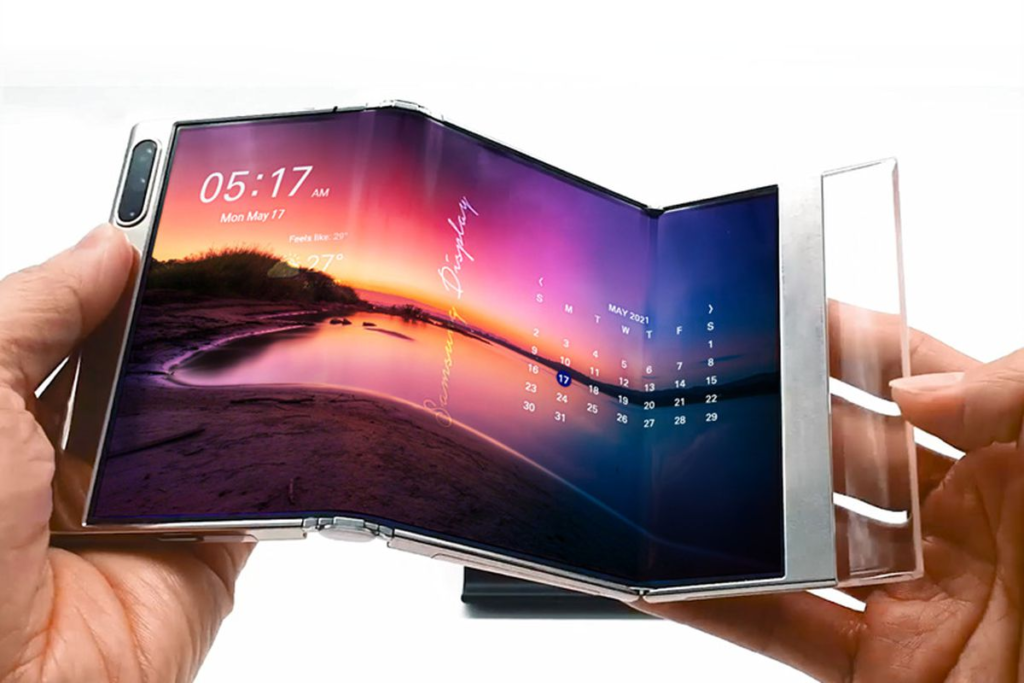
Foldable displays represent a significant leap in display technology. These displays can be bent or folded without causing damage, thanks to their flexible materials. Samsung, in particular, has been at the forefront of this innovation, introducing the Samsung Galaxy Fold in 2019. Since then, several other manufacturers have followed suit, launching their own foldable devices.
Foldable Phones: The Next Frontier

Foldable phones have garnered a lot of attention in recent years. These devices offer the convenience of a compact smartphone that can be unfolded to reveal a larger screen, effectively serving as a phone and a tablet in one. The Samsung Galaxy Z Fold and Z Flip series have been pioneers in this space, with each iteration showcasing improvements in design and functionality.
Benefits of Foldable Phones
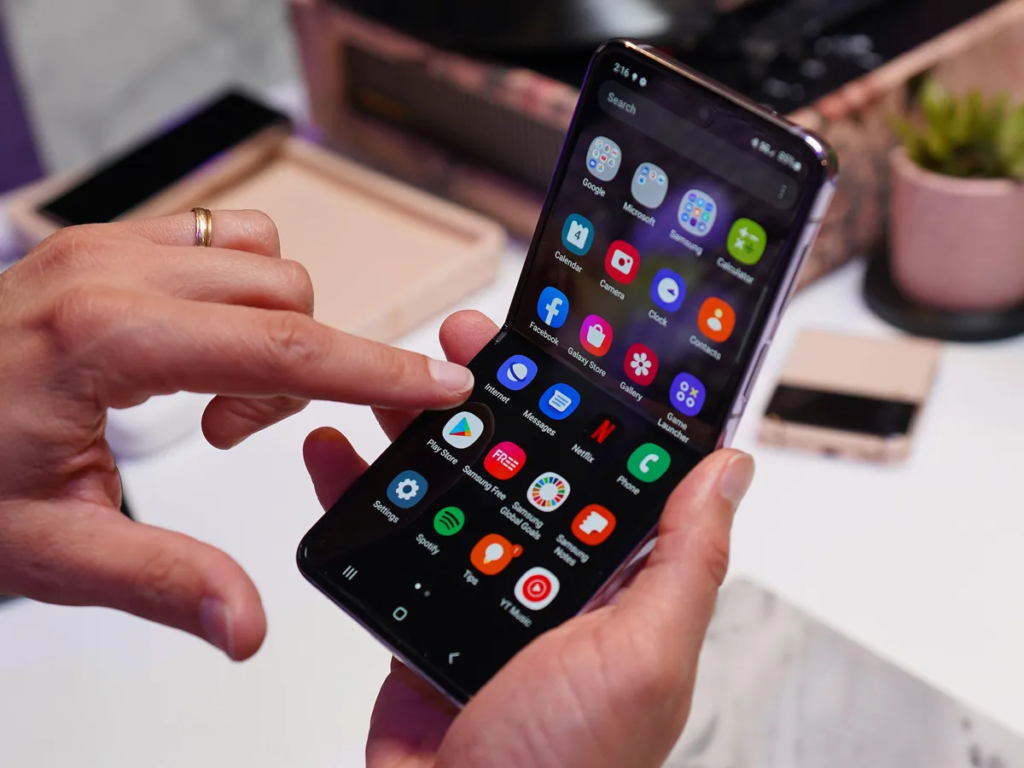
1. Increased Screen Real Estate: Foldable phones provide a larger display when needed, making tasks like video streaming, gaming, and multitasking more enjoyable.
2. Enhanced Productivity: The expanded screen real estate allows for better multitasking, such as running multiple apps simultaneously.
3. Portability: Foldable phones are more portable and compact compared to traditional tablets.
4. Innovative Designs: Manufacturers are experimenting with various designs, including clamshell and book-like folding, offering consumers more choices.
Challenges and Concerns

1. Durability: The durability of foldable displays has been a major concern. Early models had issues with the integrity of the folding screen.
2. Price: Foldable phones tend to be more expensive than traditional smartphones, which can be a barrier to adoption for many consumers.
3. Application Compatibility: App developers need to optimize their apps for foldable displays to fully utilize the available screen space.
Foldable Tablets: A Glimpse into the Future
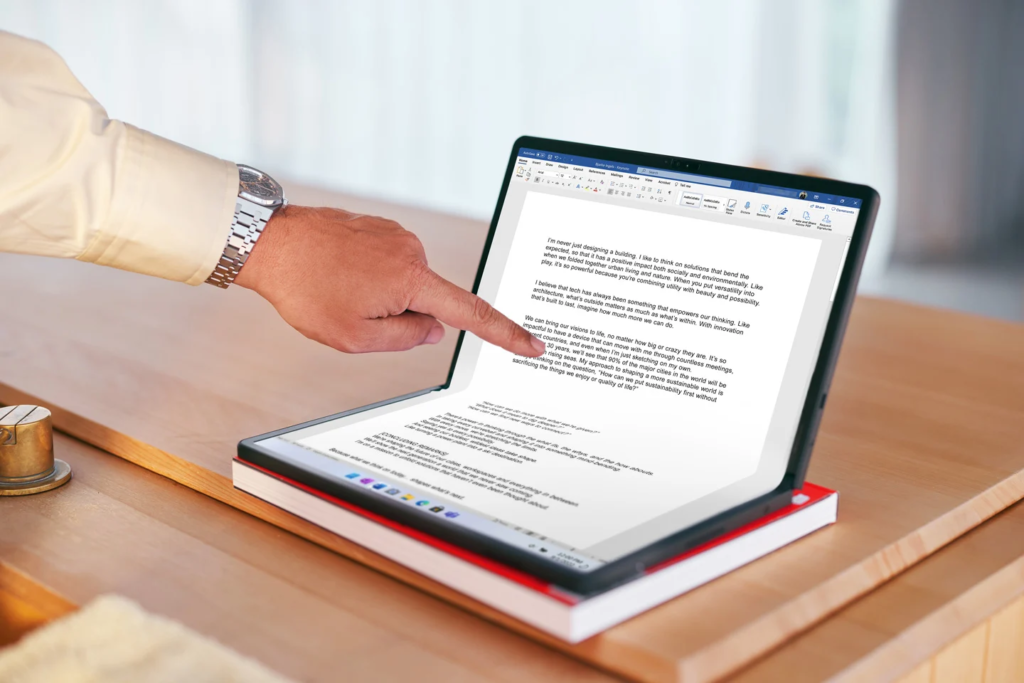
While foldable phones have made waves in the tech world, foldable tablets are also on the horizon. These devices have the potential to replace traditional tablets, offering more versatility and screen space. Imagine a tablet that can be folded down to the size of a smartphone – this is the promise of foldable tablets.
Foldable Displays Beyond Phones and Tablets
The application of foldable displays goes beyond phones and tablets. In fact, several other industries are exploring the possibilities:

1. Laptops: Foldable laptops could provide a more compact and portable solution for professionals on the go.
2. E-Readers: Foldable e-readers could mimic the feel of a physical book while offering the convenience of a digital library.
3. Wearable Devices: Smartwatches with foldable displays could offer larger screens for better interaction and information display.
4. Automotive Displays: Foldable displays could be integrated into car interiors, offering flexible and adaptable infotainment screens.
The Shape of Things to Come

As we peer into the future of displays, it’s clear that foldable technology is on the brink of transforming the way we interact with our devices. While there are still challenges to overcome, the potential for innovation is boundless. Foldable phones and tablets are just the beginning of what’s possible with flexible display technology with Samsung. With ongoing research and development, the future promises an exciting array of devices that adapt to our needs and lifestyles. As consumer demand and technology continue to evolve, it won’t be long before foldable displays become a ubiquitous part of our digital landscape.

